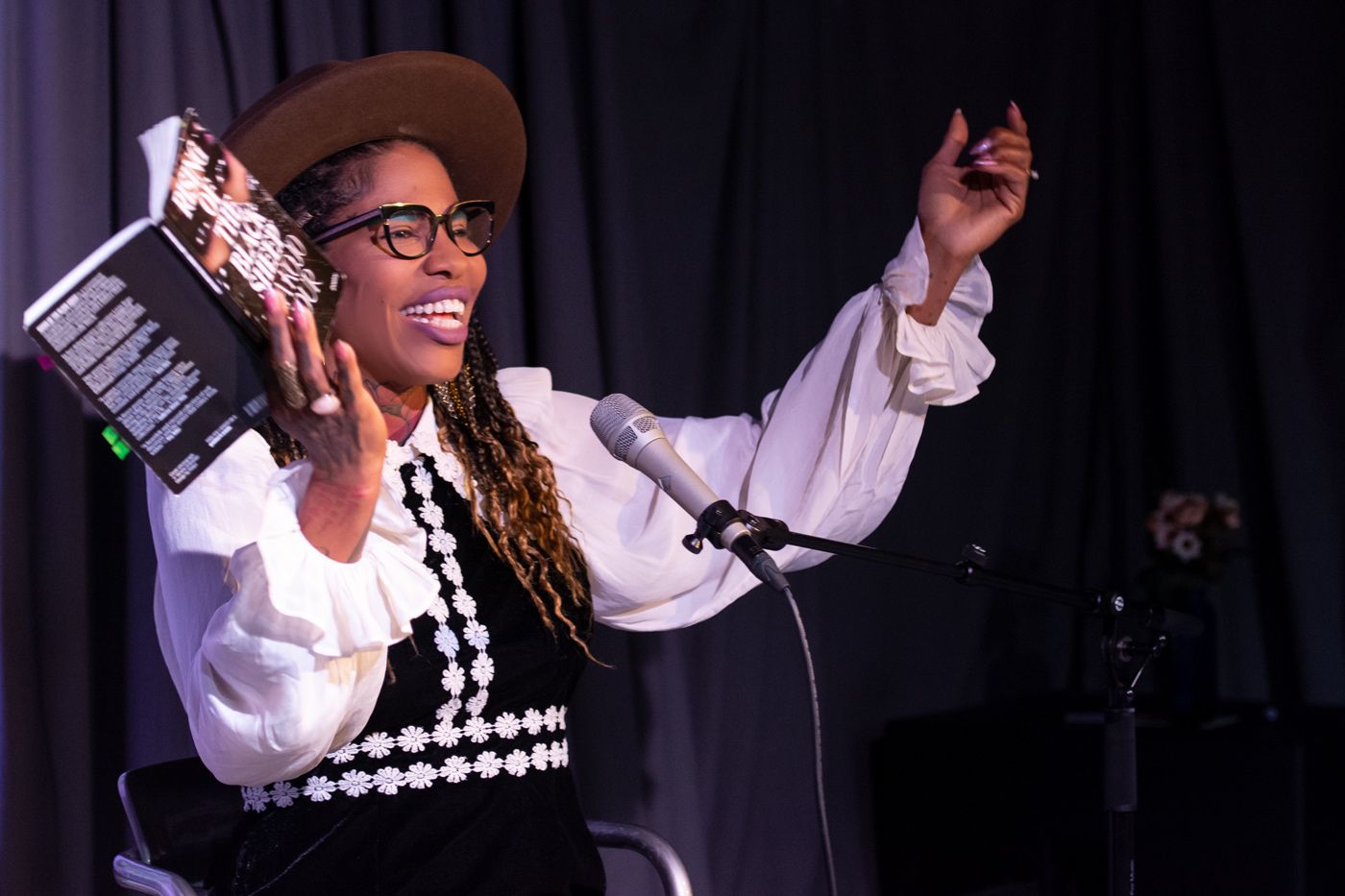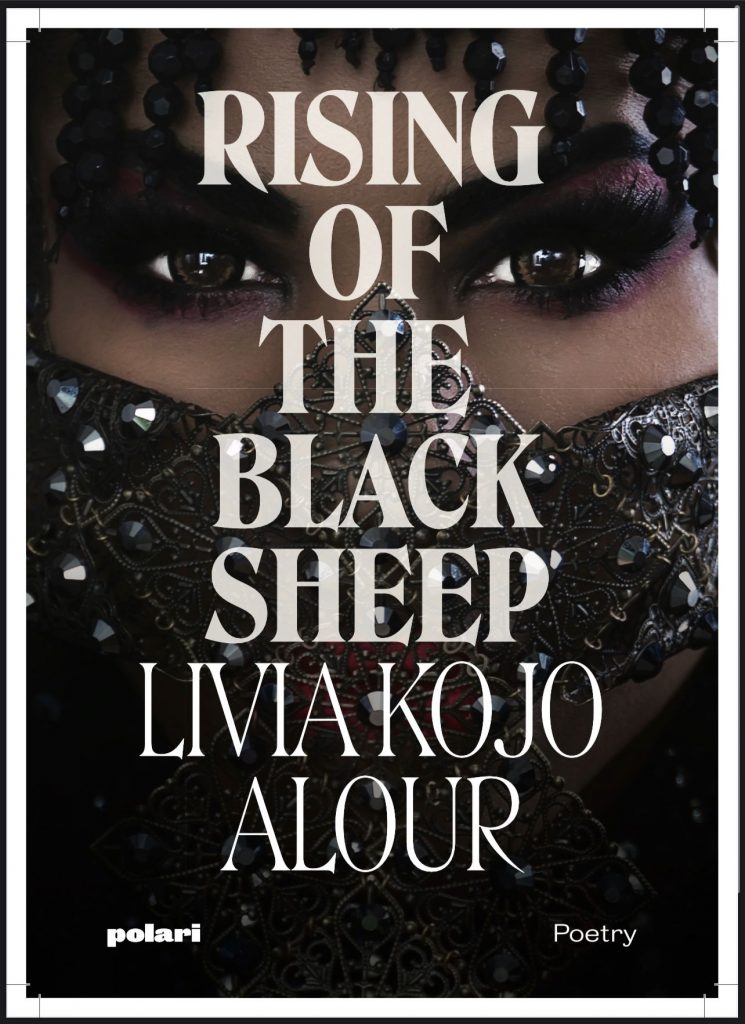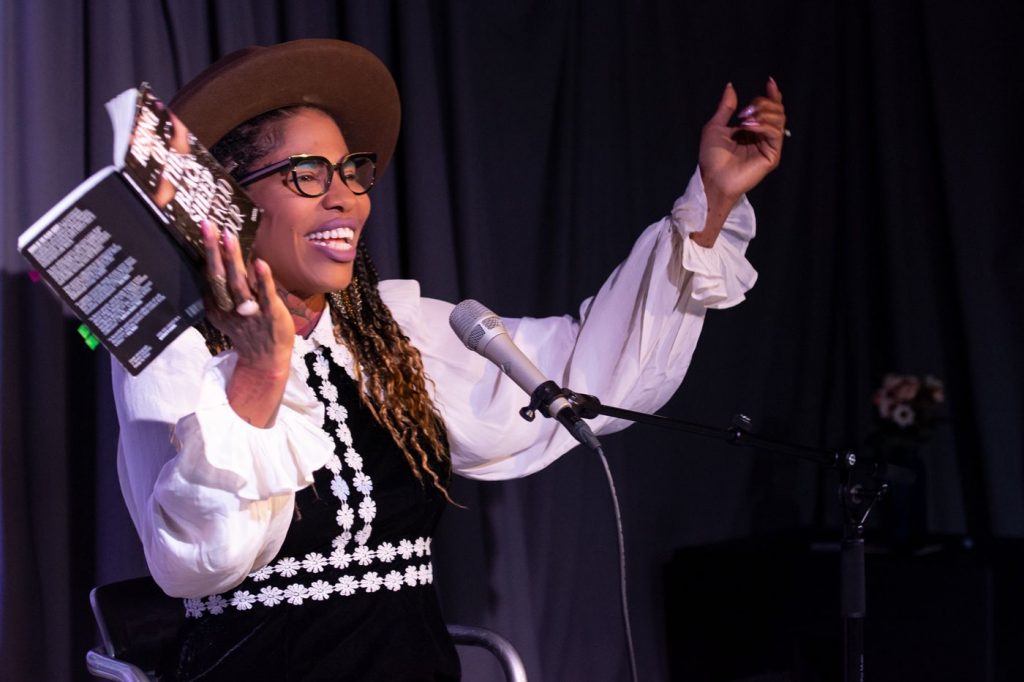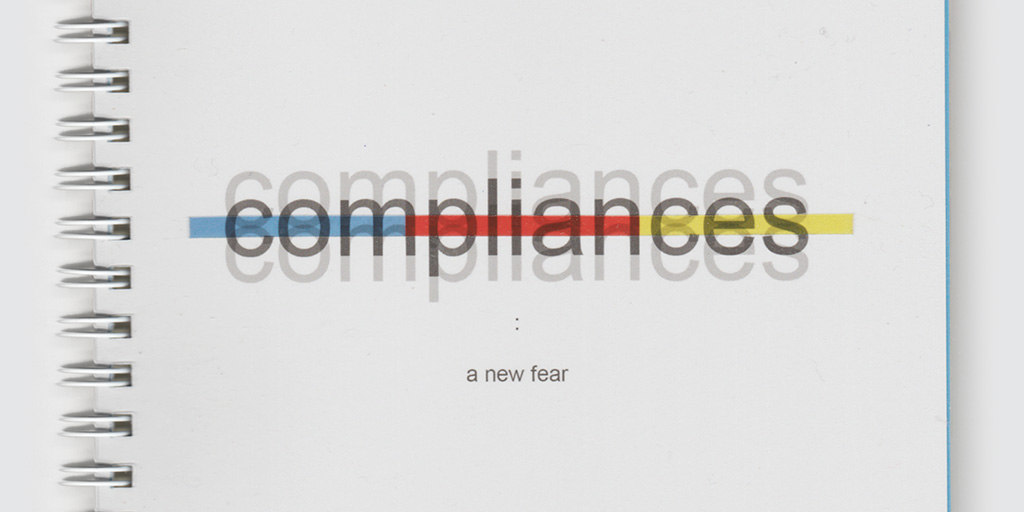Review: Stitching the Hours With Nothing – Lanyard, by Peter Sansom
Everything I know about poetry I learned at Peter Sansom’s knee, so to speak, in his workshops at Huddersfield Polytechnic in the 1980s. Those workshops were the pre-cursor to the Poetry Business, the company Sansom co-founded in the late 80s, which has supported thousands of poets in the development of their work. If the point we start reading poetry is the point we take ourselves seriously as poets, then Sansom’s pamphlet, An Astronomer in Nottingham, was ground zero for me, the first poetry collection on my bookshelf. I’m completely aligned with his approach to writing poetry.
Lanyard is Sansom’s most recent collection of poems. It is published by Carcanet, as were his previous collections, including 2020’s Selected Poems. Lanyard is a beautiful, sad, lonely gathering of elegies for lost friends, lost landscapes, lost industries, lost communities, and lost possibilities. As the world Sansom grew up in has been dismantled by various species of government, as his family and friends have gone their separate ways – many to the grave (I wake and you’re ten years dead. ‘To the Waterfall’) – there’s a sense in Lanyard of Sansom working out who has gone and who remains, using his poetry as an inventory of the ones who meant the most to him, and as a rallying call to raise himself up to carry on without them:
I never thanked you, but I thank you now,
A decade too late …
(‘Barbara and Derek, Derek and Barbara’)
We bowed our heads
in the long black window
to our books. And today that time
of year thou may’st in me behold
on this bench, with my brother
in my head whom I never
taught to read dead a dozen years
and the poem I still know …
Sansom was a working-class kid who left his home town in the hope of fulfilling his ambitions, back when leaving your home town was still a rare thing to do. He was the creative kid who swapped life down the pit or factory for the comparative cakewalk of a career in academia. He guiltily remembers going home during college breaks like a deserter returning to the ranks, comparing the life he’d chosen with that of his schoolfriend, who had nowhere to go but the mine. For example, in ‘King’s Mill’:
Me one year into college
and him ten years older from the pit at Teveral.
Now, even that sense of dislocation is outmoded. The community has gone, and the families that relied upon its support are no longer intact. There’s an argument to say Thatcher did the right thing for the wrong reasons when she beat down the coal industry. The world is a healthier place without the residue of burnt fossil fuels polluting the atmosphere, but the towns and villages that grew around the pit were deliberately smashed apart without an infrastructure put in place to aid the transition to new lines of meaningful work. The community dissolved, became diaspora, and those of us who left our place of birth for college or for aspiration or for glory, and spent our lives feeling guilty about the ones we left behind, no longer have anyone to apologise to for our desertion:
… though the ones
who kept him alive by remembering
are dead themselves or other people now.
(‘Twice Round Me’)
Sansom’s poems embody a style and sensibility that was championed at his workshops, employing an elevated version of free verse that utilises natural speech patterns and fore-goes rhyme schemes beyond the occasional internal rhyme. His sentences could be those of a prose writer, except Sansom has such a lovely way with language that it lifts his writing beyond the mundane. His writing is always approachable and eminently readable, but it is never throw-away or trivial. His poems, like all the best poetry, explore human situations to discover the universal within the quotidian.
We walk on the beach, the day
behind us and the clear-eyed night ahead.
Sand in our shoes and shoes in our hands,
we walk fully clothed into the sea.
(‘Comprehensive’)
We can see in his detail the world around him. In ‘Weatherman’, ‘A brown/ blackbird lands beside him on the roof/ then drops to listen to the lawn.’ In ‘Alfreton and Mansfield Parkway, June Evening’, ‘Trees line-side/ step back into pony pasture and thistles, …’. In ‘Racedown’, ‘Closer to, soup-stained, and with a days-long odour.’ The details are modest but telling, and they set up the pay-off at the end of the poem, so whenever there’s a closing line such as, ‘I’m tired of everyone being dead. I’m tired of being in this van,’ (‘Mini Van’) Sansom has earned the right to be blunt because he’s told his tale so well through the body of the poem.
He makes writing a poem seem straight forward, but it isn’t. Sansom has strived throughout his career to make people believe that they, too, can write poetry. Which isn’t to say it should be easy or simplistic, merely that the door should be open to everyone, regardless of social background or education. This speaks to his politics and his upbringing; he was a child of the comprehensive era who took to heart its message of opportunity and possibility:
… and books,
the endless opportunity of words…
… Also, the full moon in broad day
that any one of us, the great deprived,
might walk on in the age of social welfare…
(‘Comprehensive’)
It’s arguable that Sansom’s efficacy as a teacher has overshadowed his ability as a writer. His contribution to the grass roots of British literature is beyond doubt to anyone who has observed his career. However, it is clear that, when he started out, he hoped to be remembered for his poetry, rather than for his egging-on:
It’s not a competition, as T S Eliot said
(by then he’d won the Nobel Prize), though
it’s true I’ve lived longer than I thought
and not done as well as I hoped.
(‘Pneumonia’)
Regardless, Peter Sansom is a poet’s poet. Authors who have been influenced by his writing and teaching understand how good he is. He is a first-rate British writer who explores working class life as he saw it growing up and onward into adulthood. Lanyard is up with his best work. It documents life in the face of death, and the struggle to carry on when subsumed in grief. It is kind. It is strong. It is beautiful. It made me cry. I heartily recommend it.




